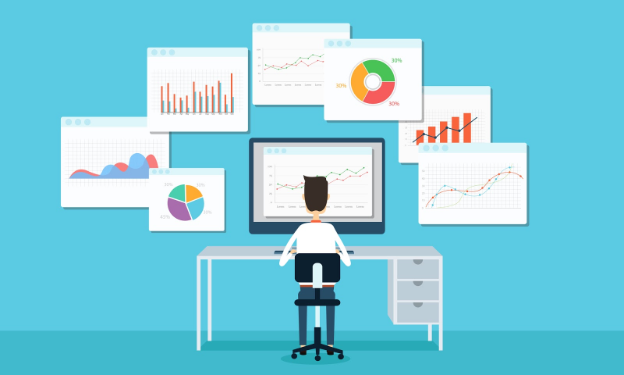To stay competitive in today’s business climate, the speed and accuracy of decision making matters. Companies are looking for ways to make better, faster decisions with high quality data and rely on Excel spreadsheets for data analysis to identify and solve problems and generate actionable information to optimize business results.
So, what happens when your data is bad? The biggest problem caused by low-quality data is the risk of using that data to make important business decisions. Because data is a strategic corporate asset that drives business processes, strategic decisions and financial results, inaccurate data can lead to imprecise analysis and harmful business results including:
- Lost revenue
- Increased costs
- Internal and external customer dissatisfaction
- Decreased productivity
- Delay of new system deployments
- Loss of credibility in decision making
- Compliance problems
Therefore, dedicating time to cleaning and reconciling data from multiple sources is exceedingly important to reduce these risks.

Unfortunately, the process of juggling various data sets in Excel and other sources as well as preparing this data so it is clean for analysis is extremely time intensive and painful. As a result, analysts across a company including business analysts, financial analysts, marketing professionals and others must rely on IT support to handle complex data extraction, transformation and loading (ETL) tasks. It can take days or even weeks to get the reports they need which unnecessarily delays the decision-making process.
The right tools can help shortcut the process and accelerate the time to getting valuable data insights. One valuable solution that many analyst professionals are not even aware of is self-service data preparation software which provides the ability to access, combine, prep, clean and transform data from multiple platforms and data sources including Excel. This empowers analyst professionals to get better data faster.
Some strategic examples of how data preparation software can be used include:
- Compiling sales and financial data for consistent reporting
- Consolidating data from multiple sources and systems for a complete customer view
- Identifying prospects and customers for targeted sales and marketing campaigns
- Analyzing disparate spend data to identify savings opportunities
- Combining and analyzing financial data across product lines
- Merging multiple datasets into a usable format for reporting
- Identifying and target most profitable customers
- Visualizing data for aid in making practical business decisions
- Reducing the time it takes to gather data
- Combining and analyzing customer transaction data across multiple locations
The biggest benefit of using self service data preparation tools is that non-technical business users can expedite the time it takes to clean and prep data without the assistance of their IT department which accelerates the decision making process.
If you would like an easy to use tool that will simplify and automate tasks typically performed by Excel, click here for a free download of EasyMorph, a data preparation tool you can use to bring confidence, speed, and actionable insights for you and your team.

